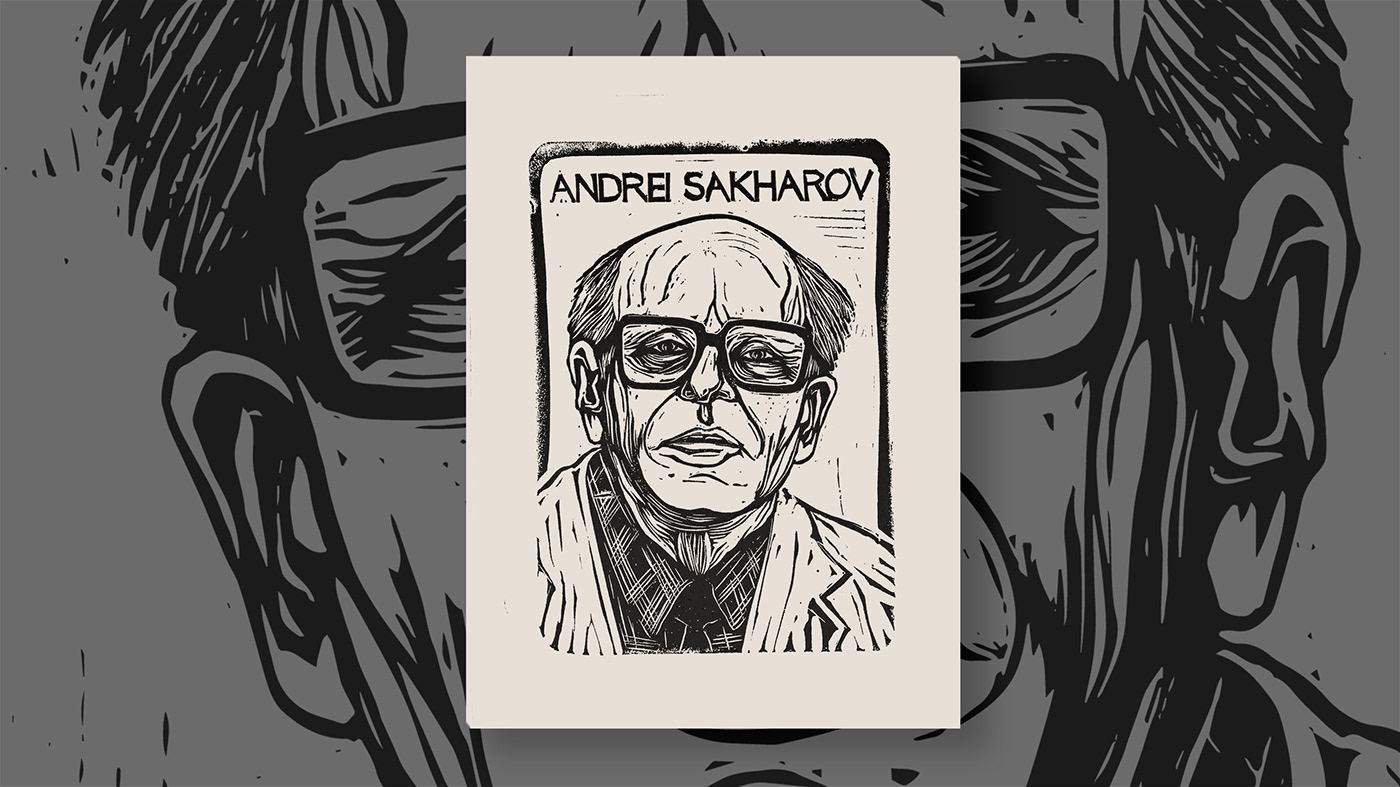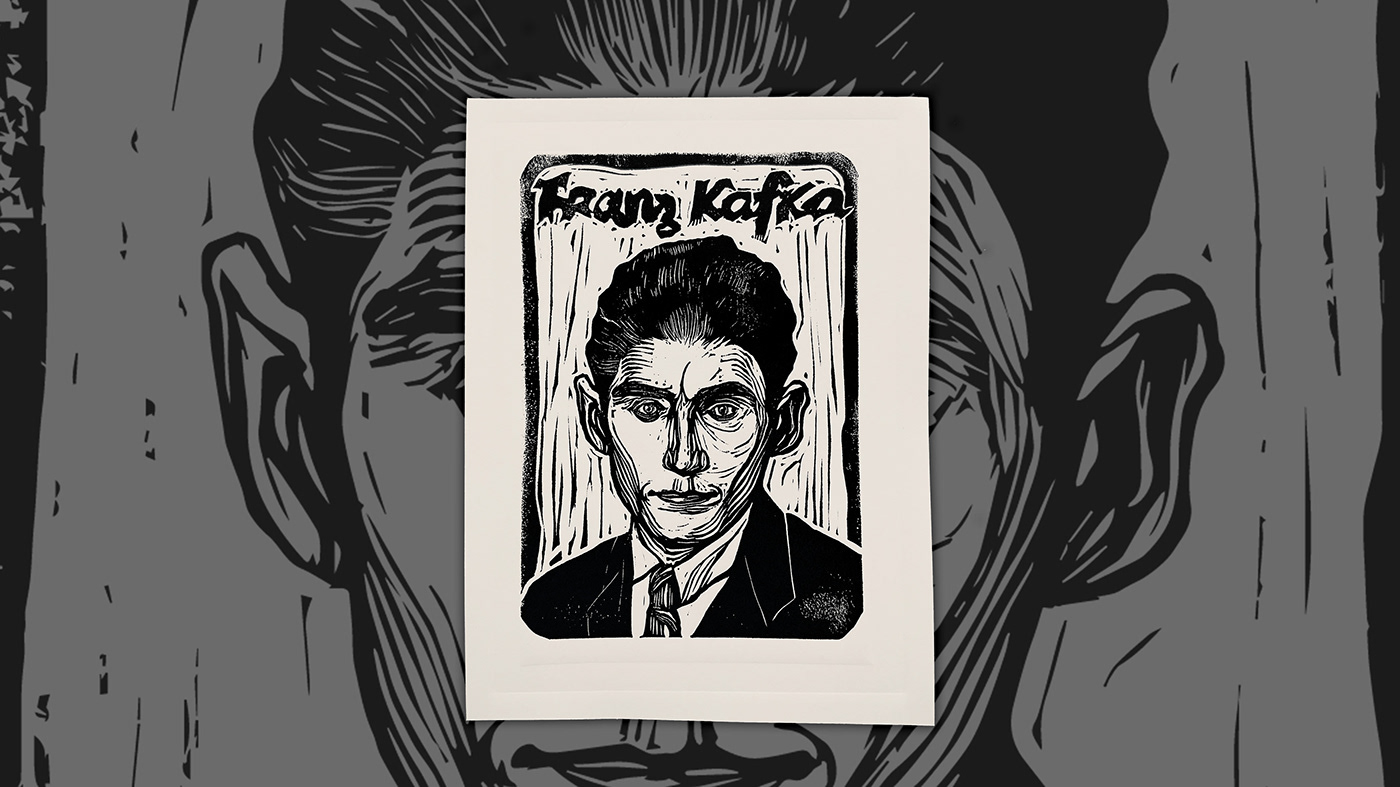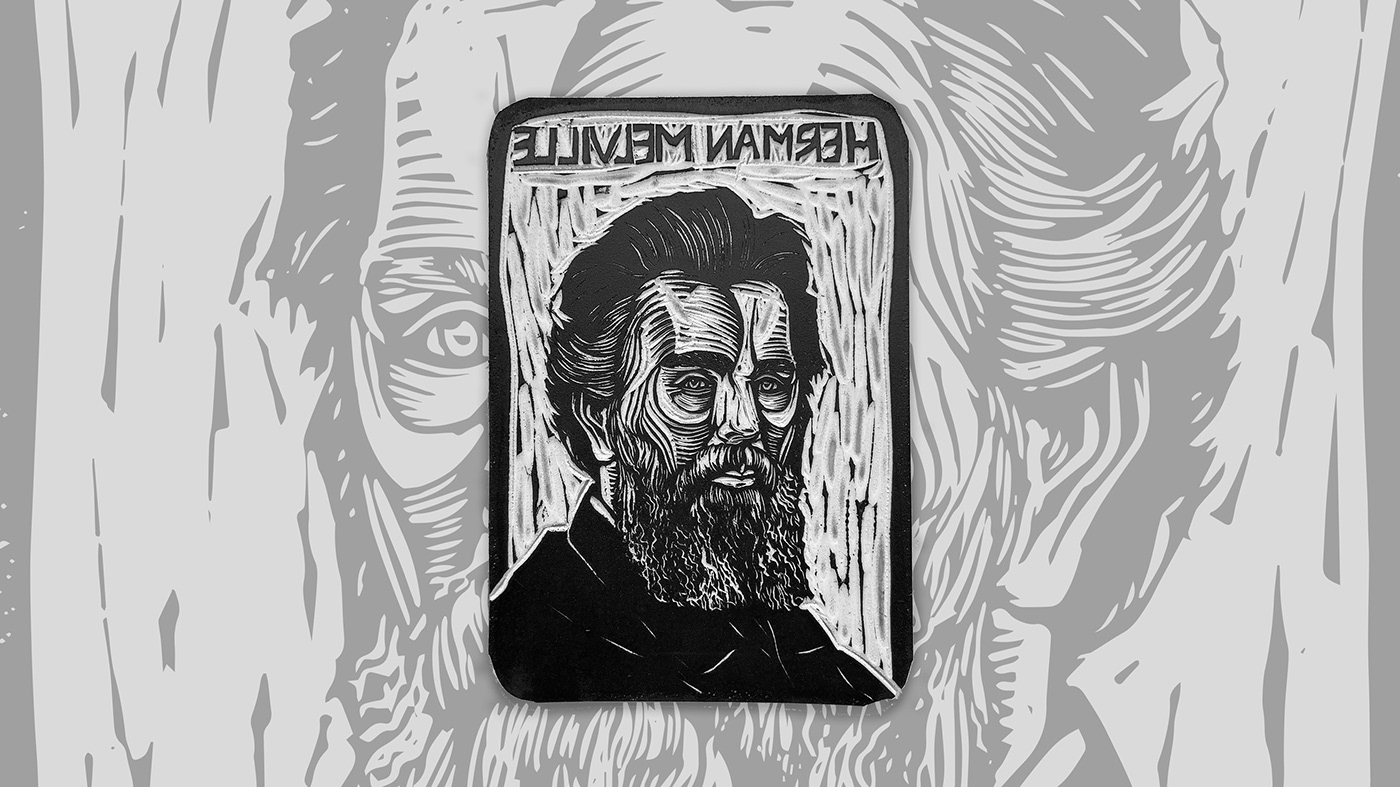







Andrei Dmitrievich Sakharov
21 May 1921 – 14 December 1989
Soviet physicist and a Nobel Peace Prize laureate, which he was awarded in 1975 for emphasizing human rights around the world.
Although he spent his career in physics in the Soviet program of nuclear weapons, overseeing the development of thermonuclear weapons, Sakharov also did fundamental work in understanding particle physics, magnetism, and physical cosmology. Sakharov is mostly known for his political activism for individual freedom, human rights, civil liberties and reforms in the Soviet Union, for which he was deemed a dissident and faced persecution from the Soviet establishment








Gustav Meyrink
19 January 1868 – 4 December 1932
Gustav Meyer
Austrian author, novelist, dramatist, translator, and banker, most famous for his novel The Golem. He has been described as the "most respected German language writer in the field of supernatural fiction"








Franz Kafka
3 July 1883 – 3 June 1924
František Kafka
German-speaking Bohemian Jewish novelist and short-story writer based in Prague, who is widely regarded as one of the major figures of 20th-century literature. His work fuses elements of realism and the fantastic. His best known works include the novella The Metamorphosis and novels The Trial and The Castle.
Kafka was a prolific writer, spending most of his free time writing, often late in the night. He burned an estimated 90 per cent of his total work due to his persistent struggles with self-doubt. Much of the remaining 10 per cent is lost or otherwise unpublished. Few of Kafka's works were published during his lifetime: the story collections Contemplation and A Country Doctor, and individual stories (such as his novella The Metamorphosis) were published in literary magazines but received little public attention.
In his will, Kafka instructed his close friend and literary executor Max Brod to destroy his unfinished works, including his novels The Trial, The Castle, and Amerika, but Brod ignored these instructions and had much of his work published. Kafka's writings became famous in German-speaking countries after World War II, influencing their literature, and its influence spread elsewhere in the world in the 1960s. It has also influenced artists, composers, and philosophers.








Georges Simenon
12/13 February 1903 – 4 September 1989
Georges Joseph Christian Simenon
Belgian writer, most famous for his fictional detective Jules Maigret. One of the most popular authors of the 20th century, he published around 400 novels, 21 volumes of memoirs and many short stories, selling over 500 million copies.
Apart from his detective fiction, he achieved critical acclaim for his literary novels which he called romans durs (hard novels). Among his literary admirers were Max Jacob, François Mauriac and André Gide. Gide wrote, “I consider Simenon a great novelist, perhaps the greatest, and the most genuine novelist that we have had in contemporary French literature.”








Jules Gabriel Verne
8 February 1828 – 24 March 1905
French novelist, poet, and playwright. His collaboration with the publisher Pierre-Jules Hetzel led to the creation of the Voyages extraordinaires, a series of bestselling adventure novels including Journey to the Center of the Earth (1864), Twenty Thousand Leagues Under the Seas (1870), and Around the World in Eighty Days (1872). His novels, always well documented, are generally set in the second half of the 19th century, taking into account the technological advances of the time.
In addition to his novels, he wrote numerous plays, short stories, autobiographical accounts, poetry, songs, and scientific, artistic, and literary studies. His work has been adapted for film and television since the beginning of cinema, as well as for comic books, theater, opera, music and video games.
Jules Verne has been the second most-translated author in the world since 1979, ranking below Agatha Christie and above William Shakespeare. He has sometimes been called the "father of science fiction", a title that has also been given to H. G. Wells and Hugo Gernsback. In the 2010s, he was the most translated French author in the world.








Ivan Bunin
22 October 1870 – 8 November 1953
Ivan Alekseyevich Bunin
First Russian writer awarded the Nobel Prize for Literature. He was noted for the strict artistry with which he carried on the classical Russian traditions in the writing of prose and poetry. The texture of his poems and stories, sometimes referred to as "Bunin brocade", is considered to be one of the richest in the language.
Best known for his short novels The Village (1910) and Dry Valley (1912), his autobiographical novel The Life of Arseniev (1933, 1939), the book of short stories Dark Avenues (1946) and his 1917–1918 diary (Cursed Days, 1926), Bunin was a revered
figure among white emigres, European critics, and many of his fellow writers,
who viewed him as a true heir to the tradition of realism in Russian literature established by Tolstoy and Chekhov.








Herman Melville
August 1, 1819 – September 28, 1891
American novelist, short story writer, and poet of the American Renaissance period. Among his best-known works are Moby-Dick (1851); Typee (1846), a romanticized account of his experiences in Polynesia; and Billy Budd, Sailor, a posthumously published novella. At the time of his death, Melville was no longer well known to the public, but the 1919 centennial of his birth was the starting point of a Melville revival. Moby-Dick eventually would be considered one of the great American novels.








Nathaniel Hawthorne
July 4, 1804 – May 19, 1864
American novelist and short story writer. His works often focus on history, morality, and religion. Much of Hawthorne's writing centers on New England, many works featuring moral metaphors with an anti-Puritan inspiration. His fiction works are considered part of the Romantic movement and, more specifically, dark romanticism. His themes often center on the inherent evil and sin of humanity, and his works often have moral messages and deep psychological complexity. His published works include novels, short stories, and a biography of his college friend Franklin Pierce, written for his 1852 campaign for President of the United States, which Pierce won, becoming the 14th president.




